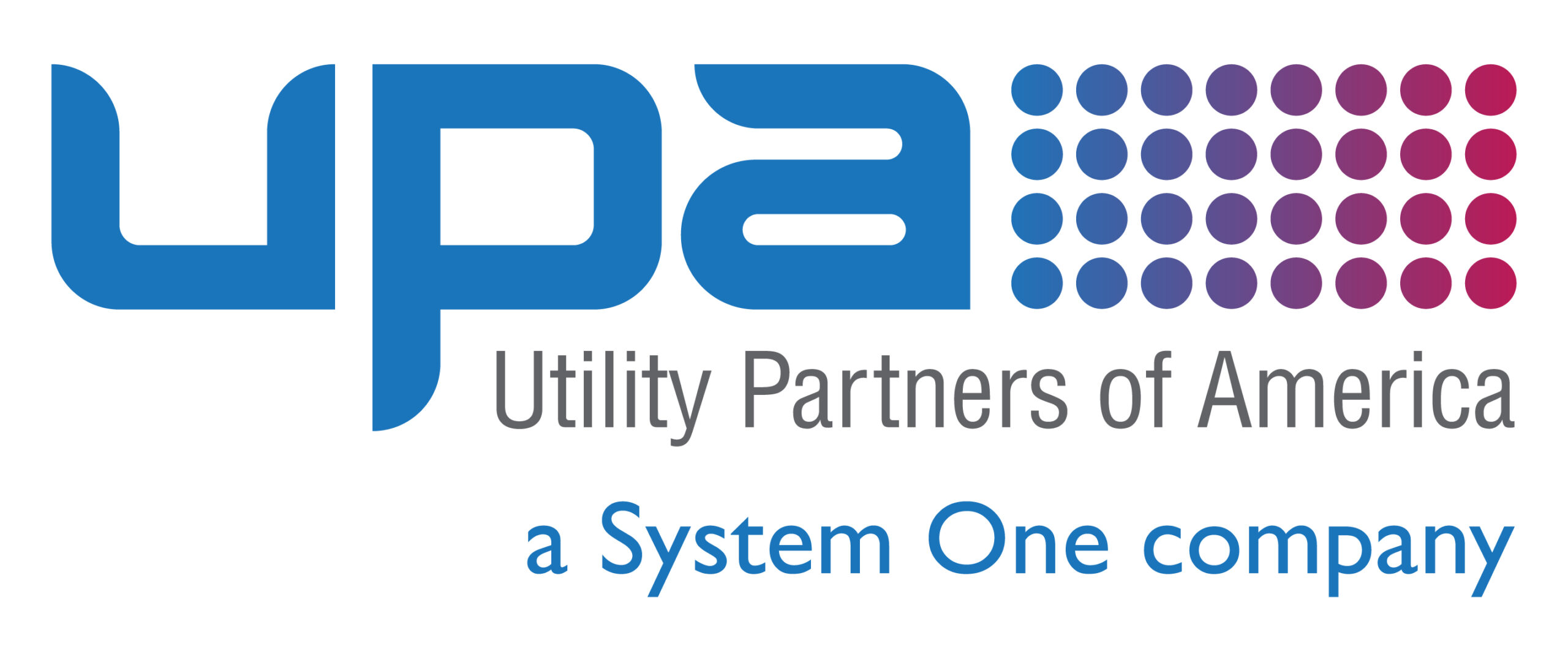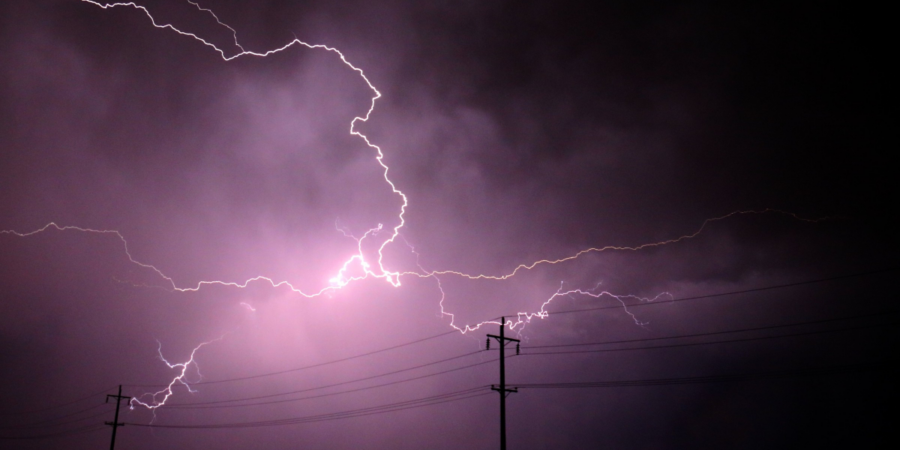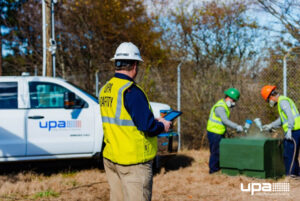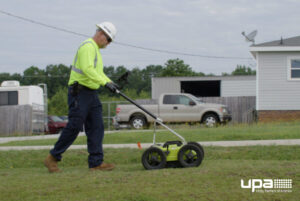Though prediction modeling has significantly improved with the advent of modern technology, weather forecasting is still the quintessential inexact science. Experts may have more data than ever to analyze, but forecasting the weather still boils down to an educated guess. Take the path of a tornado, for example. Weather forecasters can pick up on atmospheric conditions consistent with the formation of a tornado. It’s impossible to predict exactly if, when, or where one will develop. Likewise, hurricanes can shift and reverse course at a moment’s notice.
It’s that level of unpredictability that prompts utilities to develop comprehensive storm response plans. Whether you’re planning for catastrophic weather, those mid-summer thunderstorms that knock out the power for hours, or an accumulation of ice that wreaks havoc on multiple types of utilities, preparing well in advance for weather can help to reduce the duration of outages. Here are four steps to take to ensure you’re ready.
Identify where you are the most vulnerable
The areas that pose the biggest risk to your company will vary by both geography and the type of service. What’s most important is that you take the time to discuss them ahead of time. For electric utilities, the overarching risk is your customers losing power, but you should dig deeper to find your vulnerabilities.
Do you have a vegetation problem with overgrown trees? Are there old and decaying trees adjacent to transformers? Perhaps ones that are likely to fall over onto equipment? If there are road closures, will you still have access to the type of critical equipment needed to restore service? Your storm response plan should include how to approach those types of potential liabilities and more.
Test emergency and backup equipment
Whether it’s the result of a storm or another incident, a pivotal piece of equipment is likely to malfunction at some point. Why not be prepared? One of the best ways to get out in front of a breakdown is to test your backup equipment. This is especially crucial for things like generators, which are responsible for powering significant functions in times of emergency. Without routine testing, there’s a chance that you’d learn at the worst possible time that your backup equipment is faulty, inevitably leaving you with an extended outage.
Ensure communications channels are operational
The days, hours and minutes leading up to a storm are some of the stressful times of the year. People are anxious and hungry for updates from weather forecasters, but they also want to know what the local utilities are planning. That level of anxiety and fear becomes heightened after a storm. Particularly if there’s an outage. But utilities can soothe those fears with consistent and transparent updates to customers via different channels.
Whether it’s a customer portal, an online chat feature, a special phone number, text messaging, or a dedicated website, the onus is on the utility companies to ensure their assets are operational and to communicate. Post-storm is a hectic time for all parties involved, so the more work you can do on the front end, the better shape your communications will be when it matters most.
Clearly outline who is doing what, where, and when
We’ve already talked about how stressful and hectic it can be for customers when there’s a storm, but employees tasked with helping to restore order feel it too. One of the most powerful ways to alleviate at least some of that stress is to eliminate the fear of the unknown by proactively defining roles and responsibilities for key employees. Your plan should include the name of each member of the storm response team, which employees fall underneath that person, who will be on call, and how each employee will work together to re-establish normalcy.
Mapping out potential problems and holding demonstrations to run through protocol is another way to make your employees feel more prepared to face the repercussions of a storm.
Utility Partners of America has experience partnering with utilities and energy co-ops with the execution of storm response and restoration services. If that’s an area where you think your organization can use some help, contact us today.





